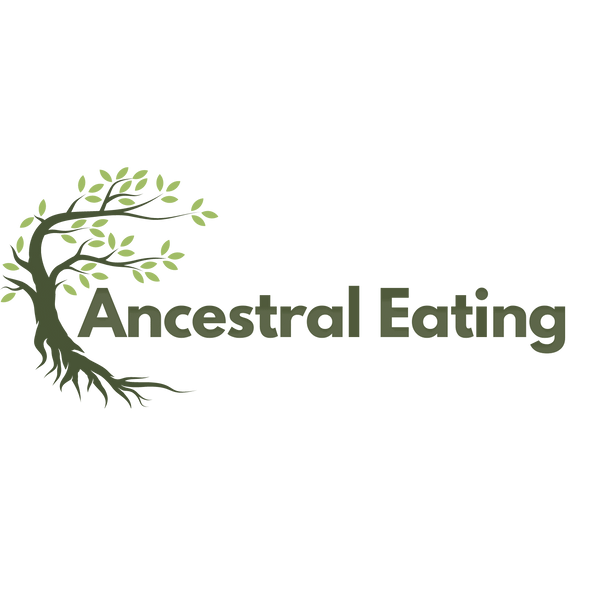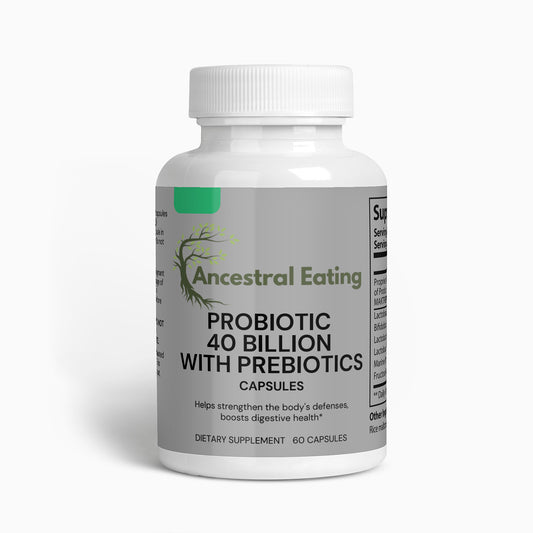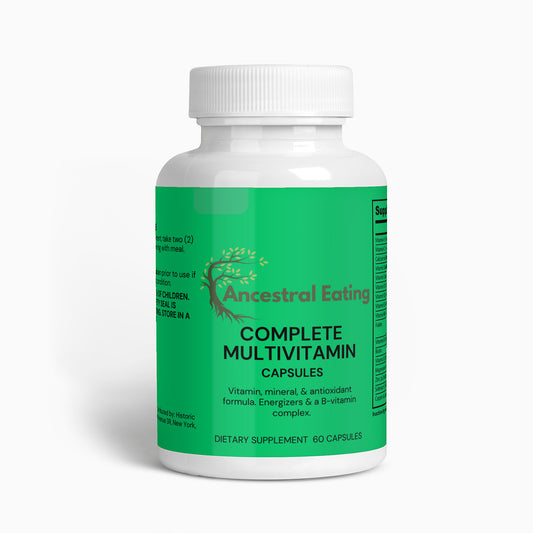Mexican cuisine is one of the most diverse and influential in the world, with a history that spans thousands of years. Over the past 500 years, particularly after the arrival of the Spanish in the early 16th century, the culinary landscape has evolved dramatically. Here's a look at the foods and influences:
Pre-Columbian Staples
- Maize (Corn): Central to Mexican food for thousands of years, used in everything from tamales to tortillas.
- Beans: Another staple that often accompanies rice or corn.
- Squash: Consumed in various forms, including the seeds.
- Tomatoes and Tomatillos: Used in salsas, sauces, and other dishes.
- Chilies: Essential for Mexican cooking, with a variety of types like jalapeño, serrano, and poblano.
Proteins
- Poultry: Turkey was domesticated in ancient Mexico and remains popular, alongside chicken.
- Fish and Seafood: Consumed particularly in coastal regions.
- Beef, Pork, and Lamb: Introduced by the Spanish, these meats have been incorporated into modern Mexican cuisine.
Fruits and Vegetables
- Avocado: Used in guacamole and various other dishes.
- Mango, Papaya, and Pineapple: Popular fruits that are eaten fresh or used in salsas and desserts.
- Nopales: Pads of the prickly pear cactus, commonly eaten as a vegetable.
European Influences
- Wheat: Introduced by the Spanish and used for bread and pastries.
- Dairy: Cheese, milk, and cream were also introduced by the Spanish and have been adopted widely.
- Rice: Although not European in origin, it was introduced by the Spanish and became a staple.
- Citrus Fruits: Oranges, lemons, and limes were brought by the Spanish.
Spices and Seasonings
- Cilantro and Oregano: Commonly used herbs.
- Cinnamon and Cloves: Used in both sweet and savory dishes.
- Chocolate: Used in mole and also consumed as a beverage.
Traditional Dishes
- Tacos: Corn or flour tortillas filled with various ingredients like meats, beans, cheese, and vegetables.
- Mole: A complex sauce made with ingredients like chocolate, chilies, and spices.
- Enchiladas: Tortillas rolled around a filling and covered with a chili pepper sauce.
- Tamales: Masa (corn dough) filled with meats, cheese, or fruits and wrapped in corn husks before steaming.
Sweets and Desserts
- Churros: Fried-dough pastries.
- Flan: A caramel custard dessert of Spanish origin.
- Pan de Muerto: A sweet roll traditionally baked during the Day of the Dead (Día de los Muertos).
Beverages
- Tequila and Mezcal: Distilled from the agave plant.
- Horchata: A refreshing rice-based drink flavored with cinnamon.
- Atole: A hot drink made from masa, often flavored with chocolate or fruit.
Modern and Global Influences
- Fast Food: Tacos, burritos, and fajitas have been adapted into fast-food styles, particularly in the U.S.
- Global Cuisine: In urban areas, international foods like pizza, burgers, and sushi can be found.
Mexican cuisine has remained deeply rooted in its indigenous origins while also embracing Spanish and other influences. Over the past 500 years, it has evolved into a rich tapestry of flavors, techniques, and ingredients, earning it a UNESCO Intangible Cultural Heritage designation.






